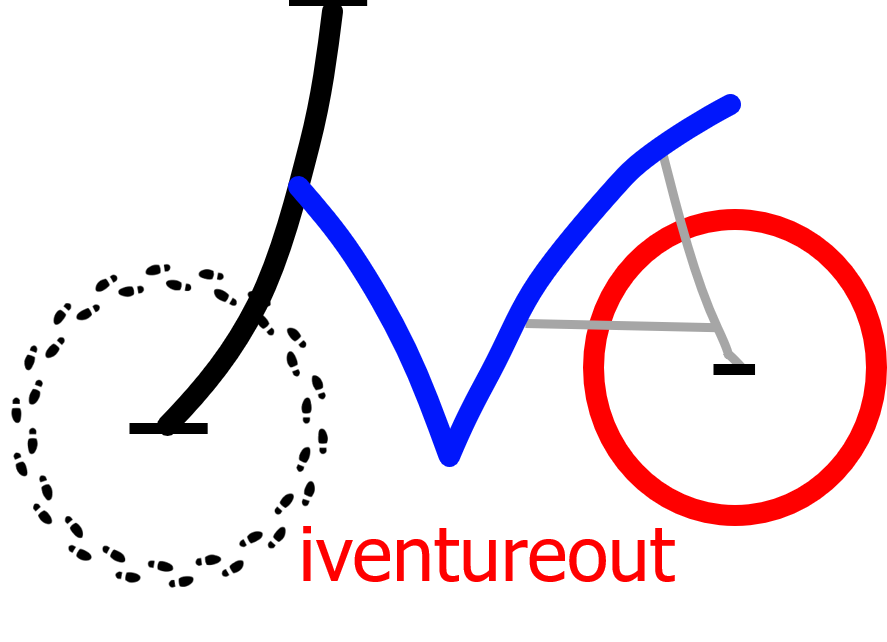Amazed in Sloterpark
Labyrinth in Sloterpark
Labyrinths are fascinating contraptions in the literal sense of the word. The origin of both words is obscure. ‘Contraption’ is perhaps related to contrive, trap or even deceive. It fits well, given the fact that the same appears to hold for labyrinths. We don’t know much about their origin nor meaning either. “As an object, the labyrinth possesses a dual potentiality. It confuses us, is dominated by ambiguity and circuitousness," according to Piero Boitani, and he continues “As subjective process, the labyrinth involves real or apparent impenetrability, often becoming a prison, while pointing to the path of ignorance and implying a progress towards knowledge and transcendence”. ‘Multicursal’ labyrinths, more commonly known as mazes, are sometimes distinguished from the ‘unicursal’ labyrinth, but some scholars regard this to be an unnecessary distinction, since the “experience of perceived errors and feelings of being lost can be had in both”.
Labyrinths appear in many places and cultures around the world from Australia, India and Europe to North America, going back thousands of years. In European mythology Ariadne guarding the entry to the labyrinth of Minotaur is the widest known story. Todays imagery behind the labyrinth is mostly that of a pilgrimage towards the self, a walking meditation that can quieten the mind, a path that leads from the outer edge to one’s centre. They seem a natural place to visit then in search of some Silence and Solitude.
We have an outdoor labyrinth here in Amsterdam. I head to Sloterpark, where presumably no Ariadne is waiting, nevertheless I am curious at what I shall find. Rather then search for it, I decide to cycle around the grounds at a leisurely pace. I trust that whoever designed and placed the labyrinth would want the casual visitor to stumble upon it. It is a weekday morning and I do enjoy the ride through the large park. With it's surprisingly open views towards the lake a sense of spaciousness and airiness is created that we don’t find easily in Amsterdam.
I am not disappointed; a small information panel appears along the lake introducing the labyrinth that lies behind as a neighbourhood initiative, inviting the visitor inside the perimeter wall.
I dismount and lock my bike, proceeding onto the slightly elevated platform. The almost circular space enclosed by a utilitarian, low wall creates the impression of a separation from the park beyond, which is accentuated by the trees that line the outer perimeter in a half circle. You are invited to sit down on benches along the wall and the labyrinth lies in the middle. It is difficult to see its trajectory as the lines are not very prominent on the pavement. There is nobody around as I step inside and look carefully for the lines revealing the path. I proceed with a little apprehension and decide to take up the invitation for a short inwards journey as I walk towards the centre of the labyrinth. I walk slowly along the convoluted path that folds and twists, amazed as it looked so ordered and structured on the panel. And find myself a little dazed as I feel almost ‘expelled’ when I return to the entry fifteen minutes later. As I get back on my bike, I try to hold on a little longer to the feeling of the tiny peaceful eternity that a quiet moment can be.
Photo credit: The photo was taken on a visit to the labyrinth, getting a little lost along the way
There are many more labyrinths in the Netherlands, see http://www.labyrintwerk.nl/index.php/labyrint-bezoeken to find one near you.
Quotes are paraphrased from:
Piero Boitani , The Idea of the Labyrinth from Classical Antiquity through the Middle Ages. Penelope Reed Doob, Speculum 68, no. 2 (Apr., 1993): 497-498.
http://www.journals.uchicago.edu/doi/pdfplus/10.2307/2864574

